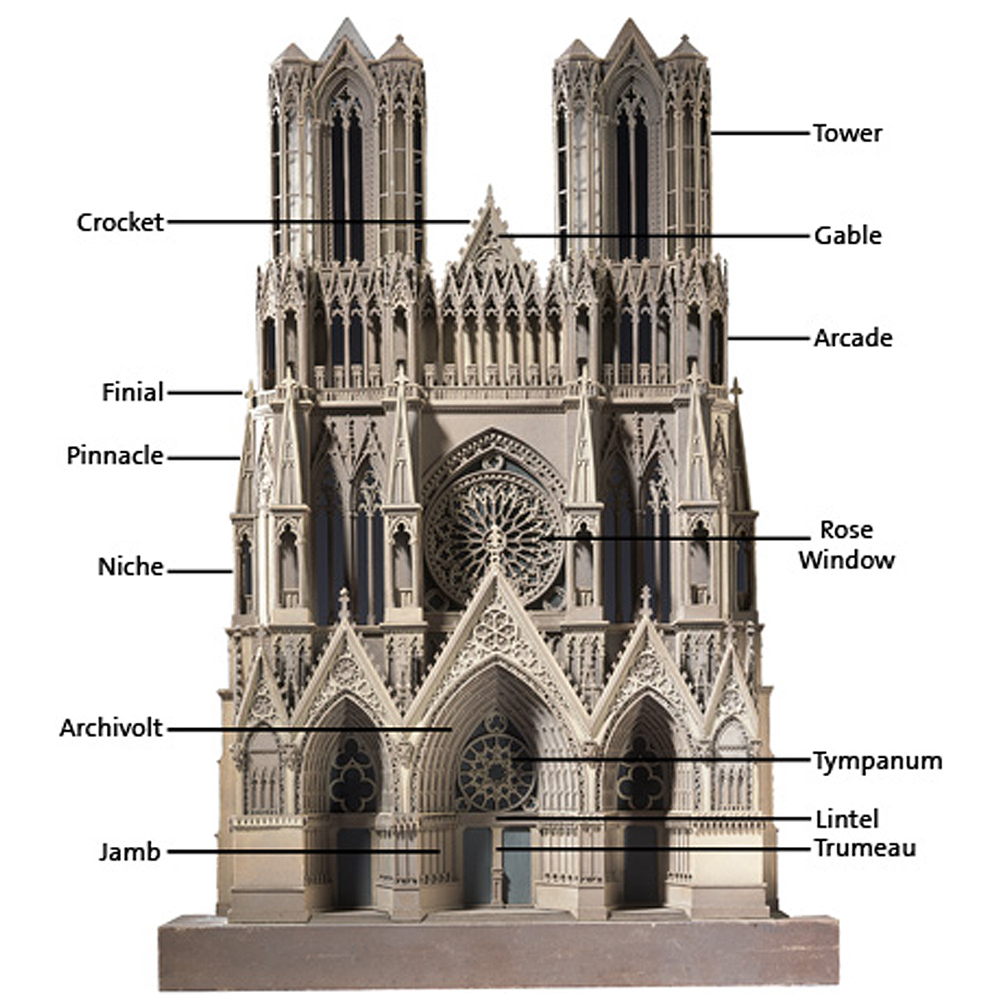Sometimes, not
too often, but still often enough, I get a student who believes that what you
say in a work is less important than the way you say it.
“It’s all style, man! Who cares what it’s
about?”
Yes, dear
friends. These poor unfortunates are still with us.
Stories, if
they’re to be considered at all, are just excuses to exercise one’s style – or
should I put quotes around that word? Because what “style,” as these students
practice it, consists of, for the most part, are certain distinctive traits of
other authors placed in other contexts by the students emulating them. They
insist they’re being “themselves,” but they’re really trying on stuff, experimenting,
exercising – trying to figure out not
who they are, but who they want to be
– which is perfectly okay. That’s how you do it. That’s how you find out who
you are: as a person, as a writer – as a person who is a writer. They don’t know it yet, but they will eventually.
How do I know?
I used to be one
of them.
Back in the
1970s, when there were so many styles to choose from, like so many different
hats to try on. And the “literary” side of the street had grown bored with
telling stories. More so: they believed it was all in the technique, that the
pyrotechnics was the show, and to
settle on telling a compelling story to an audience was to lower yourself as an
artist. It was like designing a chair that someone might actually enjoy sitting
in. How dull! How utilitarian!
The artists
above, the rabble below.
Usually, I shrink
back from using terms like “elitist,” because they’re usually engaged in
political forums and take on political taints that can’t be rinsed off. But one
cannot view aesthetics that distinguish “highbrow” from middlebrow, to lowbrow,
to no-brow, without feeling a sort of tyranny of exclusivity. “Don’t try this
at home, kids. This is high art we’re
talking here. Go back to your comic books.”
Well, move over, literati! I was going to show them
what real art was all about.
Yeah, right.
Let’s put it this
way: I didn’t have a mind that was particularly attuned to nuance. It wouldn’t
surprise me if I wasn’t alone in that, back then, for kids my age, with
overactive imaginations and a great yearning to be nearly anywhere except where
they were. I wanted spectacle and pyrotechnics and just about anything that
blew a hole through the status quo.
I liked the nouvelle vague movies and experimental
films that were all quick cutting and filters and effects and jumping around in
the narrative, and interminglings of fantasy and brutal realism. I liked the
dynamic perspectives of Jim Steranko comics and the surrealism of Steve Ditko
(I was more in love with his work on Dr. Strange than anything he did with
Spiderman). When I discovered New Wave science fiction, I was all for it. The
less I understood of what I read, the better I thought it must have been.
“Wow! This is
totally incomprehensible! It must be
a work of genius!”
I wanted literature
to be a huge ladle dipped into the unbridled unconscious, spread out on the
page without benefit of organization or interpretation. The stranger the
better. In music, I was thrilled by Captain Beefheart, Sun Ra, The Stooges. I
was looking for new languages and new grammar in visual expression, in sounds,
in written works. No boundaries. No horizons. No walls. No “end” title.
Problem was, I
didn’t know what I was rejecting, or if I was rejecting anything by embracing
all these apparent manifestations of “the new” (And some of it, in spite of my
generalizations, really were
brilliant and wonderful; on an instinctual level, I was pretty good; on an
intellectual or aesthetic level, I was a complete idiot).
I learned the
history of literature backwards – of culture in general. I started with
experimental writers and worked my way, years later, back to Chaucer and Beowulf.
Problem was, I
didn’t know shit. I didn’t care, either.
But the further
my interests went, the further I wanted – needed
– to know more of that history.
One of the
insights I picked up, as I increased my knowledge and experience, was that much
of what I thought of as innovative had roots that went back to the very origins
(or as far back as we could find) of the forms that interested me. For example,
no postmodernist impressed me more than Sterne, Fielding and Cervantes.
Every age is an
age of innovation and discovery. Some of these eras get more attention than
others, and the attention varies from subsequent era to era. One period of the
past speaks, or reflects, or echoes, a later age more directly than others.
That’s when an author, or a whole era of literature is “rediscovered.”
Eventually, it
became clear to me what had probably been clear to most of my contemporaries
all along: innovations and experimentations in art forms are a means and not an
end. The most successful explorations of “style” are the product of necessities
driven by other needs. Something we want to say or tell can’t be told any other
way.
We do what we
have to do to make the work of art we want to make. While we’re doing it, we
call it, “getting the job done.” Afterward, we may call it “style,” but rarely
before. Style is something someone else calls your writing. You just call it “work.”
Simple enough,
but it took me about thirty-one years to get there.
Now, it becomes
my job to guide students away from the excesses in which I indulged, and
produced reams and reams of unreadable drivel.
Can I do it?
Maybe with some students. With others, no.
This is both good
and bad. Good because the itinerant student in question has the intrinsic stubbornness
that makes for a good writer. But that only works when the writer is, well,
right. If not, the writer will spend a long, long time (like me) finding out
that the hill chosen to die upon is actually two hills over.
We all live and
learn. Some faster than others, but we learn. If you ever stop, it’s almost as
if you’ve stopped being a writer. You’re just going through the motions.
Never sacrifice
clarity to style. Style should enhance clarity, otherwise it’s holding you
back.
Never sacrifice
story to style, otherwise you’re just putting fancy wrapping paper around an
empty package.
So I think: what
the hell do I know? I’m just a guy
who stumbled into a teaching job, and what I know about writing should be
considered suspect at best. What does someone who really knows about writing have to say?
The nearest book
on writing at hand is Worlds of Wonder
by David Gerrold. I open it up at random and the gods of serendipity smile upon
me.
Page 234:
You
have to know what you want to say.
If you have no clear goal, then you’re
just fumbling around, smearing paint on canvas, pounding randomly on the piano
keys, and throwing yourself about on the stage in semblance of a performance.
If you don’t really know what you’re evoking, then all the exercises of style
and form and tense and person will not disguise it.
On the previous
page (233), in describing the New Wave sf writers:
In the breakaway from traditional form,
what had also occurred was a disinheritance of the storytelling structure. Much
of this experimentation was necessary, creating an important expansion of the
range of ideas and treatments available to authors, yet it also gave comfort to
the idea that traditional forms were worthless and should be discarded. The
result, for a while, was a nihilistic abandonment of story.
Fortunately, this trend didn’t last long
–
That’s the word
from David Gerrold, and he does,
without dispute, know a thing or two about writing.
So – do what you
have to do. And may the light shine upon you sooner rather than later.




